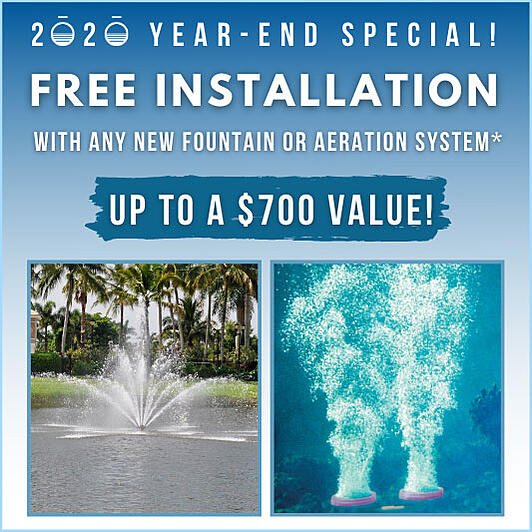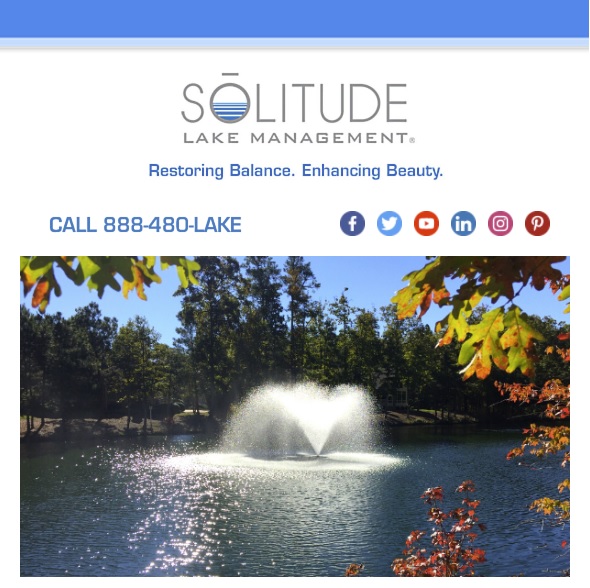Home fire sprinkler system’s can save lives and property.
Home Fire Prevention Week
The public observance of Fire Prevention Week. In 1925, President Calvin Coolidge proclaimed Fire Prevention Week a national observance, making it the longest-running public health observance in our country. During Fire Prevention Week, children, adults, and teachers learn how to stay safe in case of a fire. Firefighters provide lifesaving public education in an effort to drastically decrease casualties caused by fires.
Fire Prevention Week is observed each year during the week of October 9th in commemoration of the Great Chicago Fire, which began on October 8, 1871, and caused devastating damage. This horrific conflagration killed more than 250 people, left 100,000 homeless, destroyed more than 17,400 structures, and burned more than 2,000 acres of land.
Why firesprinklers? • save lives/reduce injuries • protect property • reduce impact of fire on environment • reduce business interruption • reduce risk to firefighters • increase community resilience
• preserve heritage THAT’s why!
 Today’s theme is “Fire is Fast”. Very few people realize how fast a home fire grows. Check out this 1 minute video which shows how a home fire sprinkler system can save lives and property.
Today’s theme is “Fire is Fast”. Very few people realize how fast a home fire grows. Check out this 1 minute video which shows how a home fire sprinkler system can save lives and property.
 During the COVID-19 crisis, recent news reports have shown a correlation between stay-at-home mandates and an increase in home cooking fires. The NFPA and HFSC say this trend emphasizes the importance of the need to educate about fire safety, the organizations said in a press release.
During the COVID-19 crisis, recent news reports have shown a correlation between stay-at-home mandates and an increase in home cooking fires. The NFPA and HFSC say this trend emphasizes the importance of the need to educate about fire safety, the organizations said in a press release.
The organizations noted that fire sprinklers can help eliminate home fire deaths, but that legislative barriers and a general unawareness of the technology have prevented its use in new homes.
The Fire Sprinkler Initiative, a project of the NFPA and the HFSC, is co-hosting Home Fire Sprinkler Week, a North America-wide virtual effort to show the value of home fire sprinklers from May 17-23.
“Previously, public demonstrations to show the speed of home fires and the powerful protection of home fire sprinklers were the centerpiece of this week, attracting large crowds all over the country,” NFPA Vice President of Outreach and Advocacy and HFSC President Lorraine Carli said in a statement. “But life is very different today with the fire service at the front lines of the COVID-19 pandemic. And as public gatherings are inadvisable, this year we are acknowledging social distancing and simplifying fire service participation by providing a varied digital platform to flood the Internet with facts and messages of life safety.”
Throughout the week, fire departments and other public safety advocates across the U.S. can access digital content at the Home Fire Sprinkler Week Website and encourage their audiences to read and share daily messaging. The NFPA and HFSC will post home fire sprinkler videos, graphics and other information on their websites, through social media and via local news outlets.
*Each year, home fires cause eight of every 10 fire deaths and seven of 10 fire injuries, according to the NFPA, and fire sprinklers are proven to keep home fires small, preventing injuries, deaths and limiting property damage.
Members of SFPMA – Fire Alarms and Fire Sprinkler System Companies

Premier Fire Alarms & Integration Systems, Installation Division Inc. is dedicated to providing the most reliable systems and service in the alarm industry. Helping protect the lives and property of our customers is a responsibility we embrace and never take lightly. In every endeavor, we strive to satisfy our customers by meeting and exceeding their expectations.
Our Goals At Premier Fire Alarms & Integration Systems, Inc., we have high expectations of ourselves and we encourage our customers to have them too. For well over a decade, we have earned the trust of our customers through ingenuity, superior workmanship and responsiveness. Our continual effort to exceed current goals is your guarantee of superior performance and fulfillment of our commitments.
Premier Fire Alarm & Integration Systems, Installation Division Inc
EF license number: EC 13008323
430 Ansin Blvd Suite M
Hallandale, FL 330099
Call us: 954 404 7137

Complete Fire Alarm System Service, testing and inspection, low-cost 24-7 UL Central Station alarm monitoring services.
With over 15 years experience in the alarm servicing industry, we’ve seen our share of customer concerns. We fully understand that nobody wakes up in the morning and casually decides to install a fire alarm system in their home or business just to brighten everyones day! Usually, it is a mandatory requirement of local code enforcement and strict guidelines must be followed in order to fully comply with the criteria specified by those codes. As a property owner, it is your responsibility to maintain your life safety system in proper working condition at all times. We realize how this situation can often create major headaches and frustrations for people who would rather be devoting their time and energies to running their own businesses instead.
Southfire Systems
6187 NW 167th St. Suite H-13
Miami, FL 33015
305-558-6126
office@southfiresystems.com
EF2000635
Experts in all components of your water-based fire protection systems including; fire sprinklers, fire pumps, standpipes, hoses, backflow prevention devices, and fire hydrants. We fulfill all of your design, installation, retrofit, repair, inspection, test, and maintenance needs.
Marcas Black – Vice President
3461 NW 75th TerraceLauderhill, Florida 33319Serving Broward, Miami-Dade,
and Palm Beach.
Phone: 954-741-4548
Fax: 954-999-5258
marcas@blackfireprotection.com

Advanced Fire & Security, Inc. is State Licensed, Whether you are a Property Manager, Owner, Engineer or Electrical Contractor, our goal is to make your life easier by providing the best products and services available for our industry. With Advanced Fire & Security you’ll sleep better knowing that your property and tenants are protected 24 hours a day.
FIRE & SECURITY COMPANY
2701 Gateway Drive
Pompano Beach, FL 33069
Phone: 888-916-7474
Fax: 954-772-0500
Certified Fire Door Inspections serving all commercial markets across Florida.
Florida Fire Door, LLC. Is the state’s leader in Life Safety Inspections and services. With over 20 years of life safety industry experience and working with different AHJ’s from all different industries, we are well versed in the code requirements and what the AHJ is expecting of you and your facility. You can count on us to keep you in compliance with all fire door code requirements.
Florida Fire Door
Mike Redd
VP Operations
954.947.SAFE (7233)
info@FloridaFireDoor.com
http://www.FloridaFireDoor.com
Tags:
Condo and HOA Common Area Issues,
Home Inspection Articles,
Management News,
Member Highlights,
Security and Safety Articles




 Today’s theme is “Fire is Fast”. Very few people realize how fast a home fire grows. Check out this 1 minute video which shows how a home fire sprinkler system can save lives and property.
Today’s theme is “Fire is Fast”. Very few people realize how fast a home fire grows. Check out this 1 minute video which shows how a home fire sprinkler system can save lives and property. During the COVID-19 crisis, recent news reports have shown a correlation between stay-at-home mandates and an increase in home cooking fires. The NFPA and HFSC say this trend emphasizes the importance of the need to educate about fire safety, the organizations said in a press release.
During the COVID-19 crisis, recent news reports have shown a correlation between stay-at-home mandates and an increase in home cooking fires. The NFPA and HFSC say this trend emphasizes the importance of the need to educate about fire safety, the organizations said in a press release.

 BLACK FIRE PROTECTION, INC.
BLACK FIRE PROTECTION, INC.







 Thank you,
Thank you,


 Allstate Resource Management has over 25 years of experience in maintaining the health of lakes, ponds, wetlands, and stormwater systems. We have continued since our inception to be the leader in resource management. Our services include
Allstate Resource Management has over 25 years of experience in maintaining the health of lakes, ponds, wetlands, and stormwater systems. We have continued since our inception to be the leader in resource management. Our services include 



